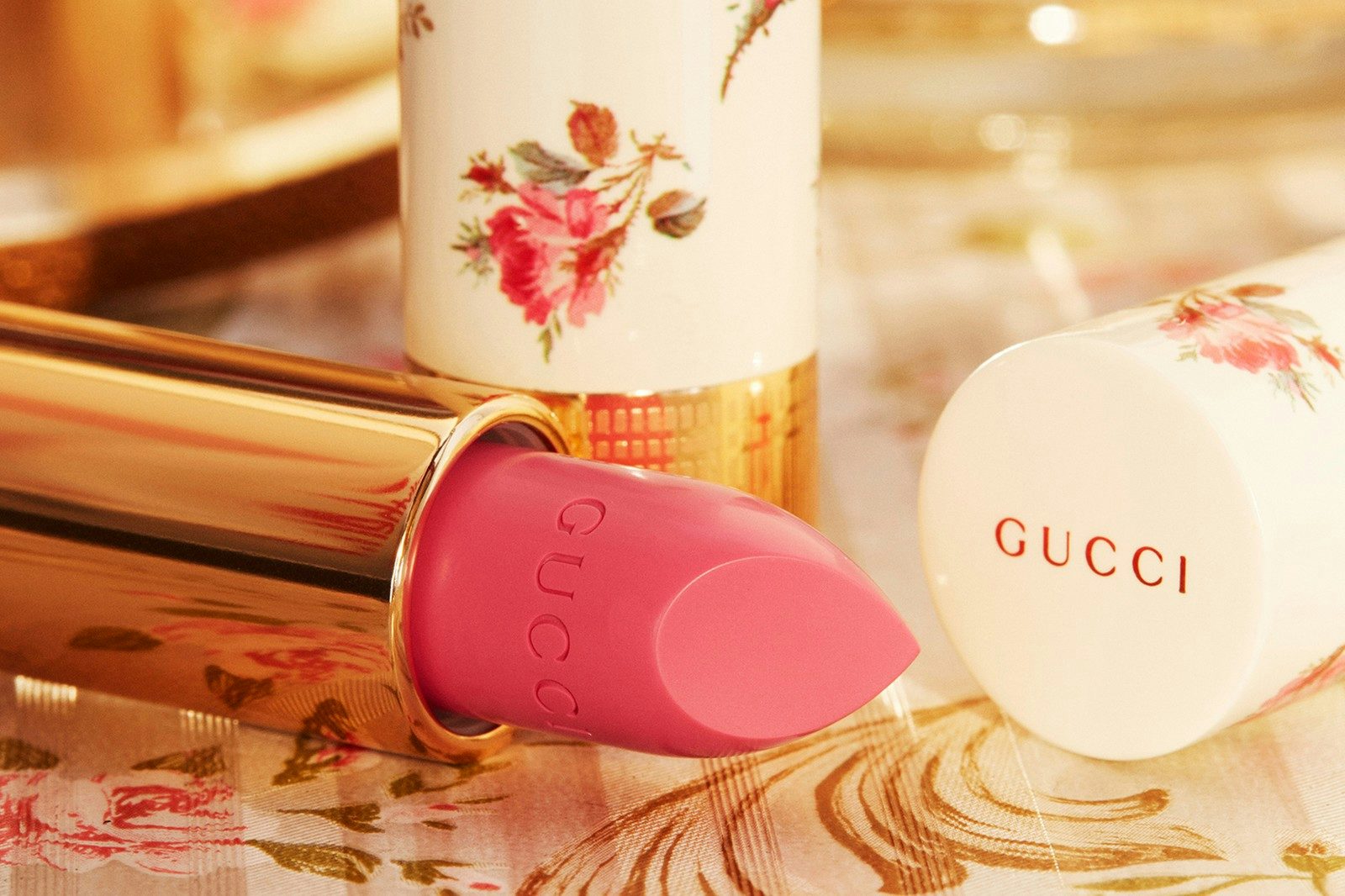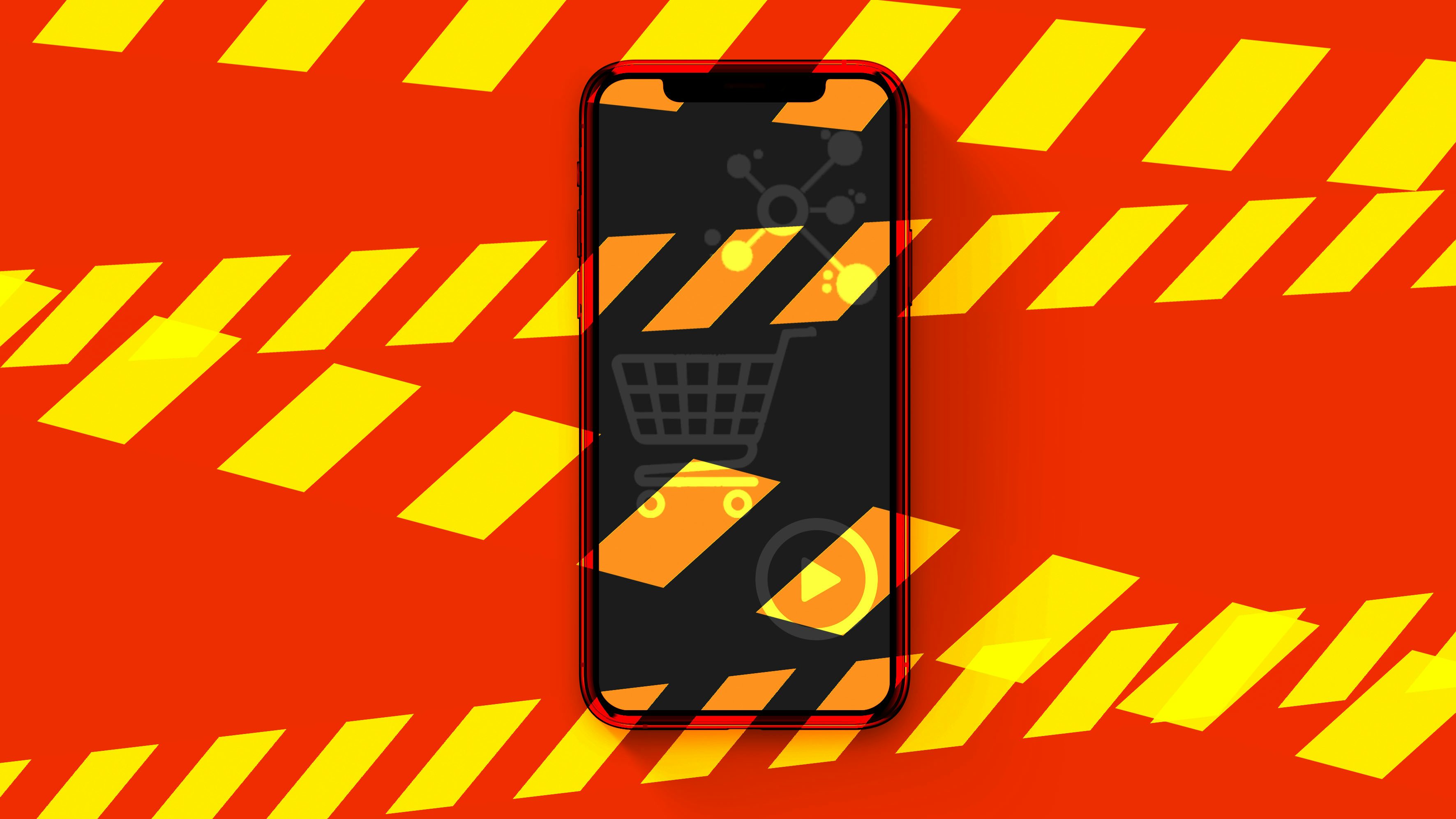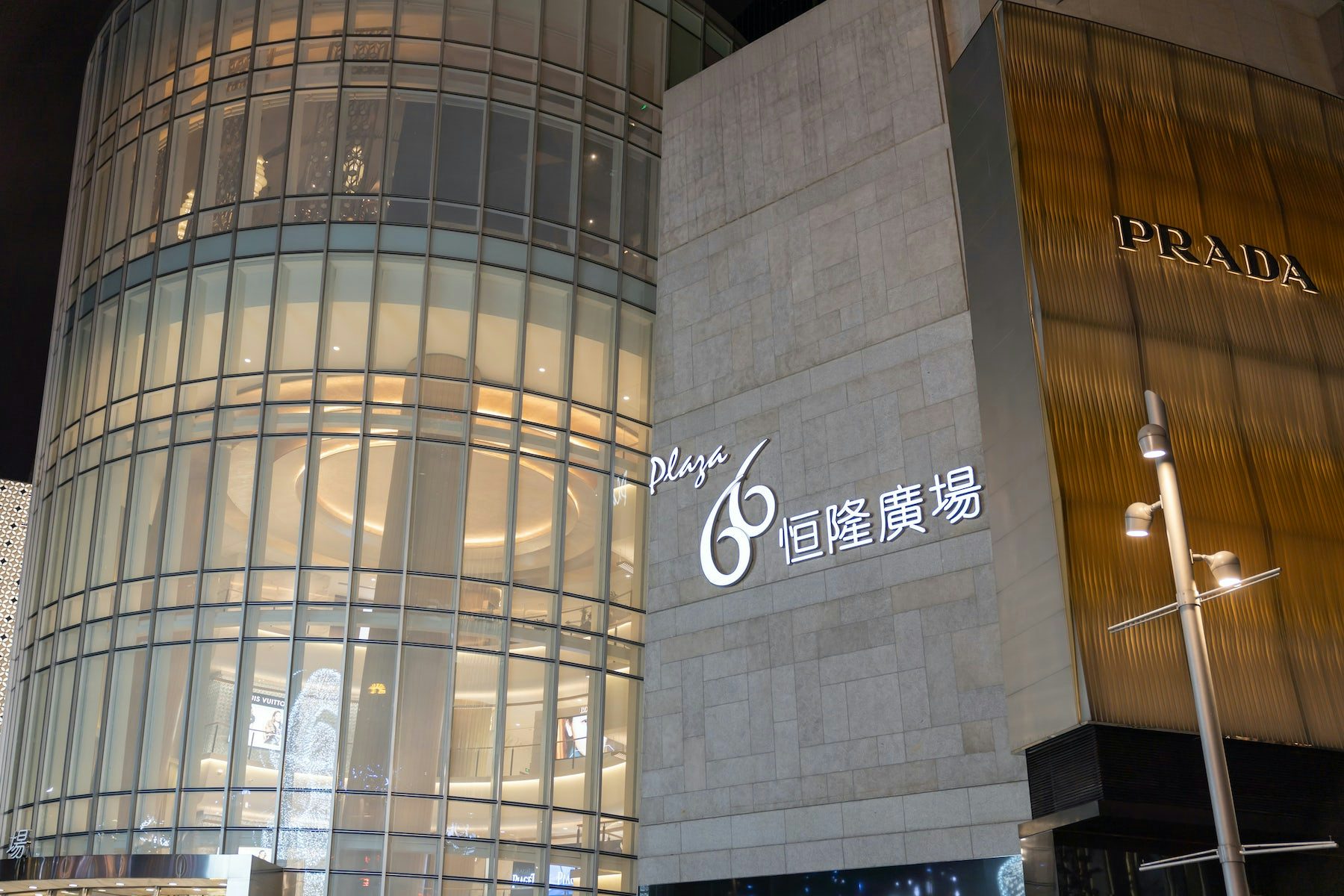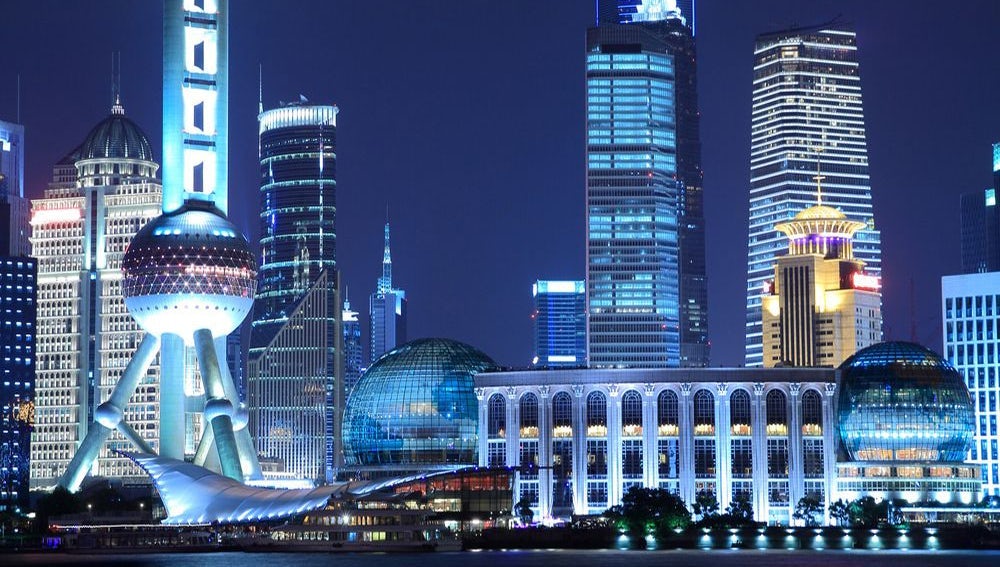Searching for the Next TikTok | China Decoded, BoF Professional
Kuaishou is a newly minted stock market darling, having tripled its share price on its first day of trading in Hong Kong last Friday. Whether it becomes a favourite of fashion and beauty brands or international audiences in the model of arch-rival TikTok is another matter altogether.
With 260 million daily active users and e-commerce gross merchandise volume (GMV) of 332.68 billion yuan ($51.44 billion) for the 11 months through November 2020, the Tencent-backed firm certainly has a lot going for it, but that doesn’t necessarily mean it will be an international sensation.
The success of TikTok across the globe took a lot of people — both in China where parent company Bytedance operates a local version known as Douyin and overseas — by surprise. Its rapid ascent left fashion and beauty brands scrambling to work out how to engage in the unique style of the viral video app to reach its young, primarily Gen Z, audience. Global marketers are now looking for the next big thing to come out of China’s dynamic tech industry.
To stay ahead of the curve in China, however, global marketers must go a step further and figure out which app to place their bets on in the domestic market as there are often a multitude of competitors in the same space. It has been particularly hard to predict which video app will rise above the rest; the list has at one time or another included not only Kuaishou, but also female-focused Maipai, Baidu-backed Nani, Weibo’s Aidong and Alibaba’s Lu Ke.
There are still more social media apps in China that include short video functionality, even if that is not what they are primarily known for, including social commerce platform Xiaohongshu, Gen Z favourite Bilibili and WeChat’s relatively new WeChat Channels, which was launched at the beginning of 2020. Longer-form video streaming services such as Youku, iQiyi and Mango TV mainly trade in reality competition shows, scripted dramas and documentaries, which also present opportunities for brand sponsorship and traditional-style media ad buys.
With so many options available, how should brands decide which to prioritise and invest in for the China market?
When it comes to Chinese social media platforms, it’s rare for any app to just do one thing. Even those that are best known for short video, including Douyin and Kuaishou, have broader functionality including a healthy dollop of livestreaming and e-commerce, meaning there are multiple ways in which brands can choose to engage with audiences on these platforms.
According to Lily Lu, digital director at Gusto Luxe, a Shanghai-based marketing and digital agency, spreading risk across several platforms is key. Since they all have different audience demographics and content styles, each has something different to offer, she explains.
“If the client has a limitless budget, of course, I would say go on all of the platforms,” but since that is almost never the case, she recommends brands allocate investment based on an assessment of each platform’s strengths and weaknesses in the context of the brand’s needs and positioning.
Another important factor is how much control fashion and beauty brands — especially those at the luxury end of the spectrum — are willing to cede to influencers (known as KOLs, or key opinion leaders, in China) who know how to speak to the vast audiences these platforms have attracted.
Here are the current contenders to consider in China’s fast-moving short video space.
Kuaishou: Bottom-up popularity
Though the functionality of Douyin and Kuaishou is very similar, the look and feel of videos on each platform are different. In part, this is because the original positioning of each app was totally different.
Douyin’s early slogan (“Record a beautiful life”) immediately signalled its aspirational nature, and it quickly recruited celebrities and KOLs to its ranks of creators, attracting a massive audience of 600 million daily active users, many of whom were young, affluent consumers in China’s first and second-tier cities.
Kuaishou, meanwhile, went with the slogan “record life, record you” and minted social media stars of small-town folks and even farmers showing off wacky inventions, telling self-deprecating jokes and otherwise entertaining their audience with snippets of their daily lives. The audience, too, largely came from lower-tier cities and rural areas, who would then reward video creators with virtual tips.
This is where Kuaishou enters the conversation, particularly around understanding lower-tier tastes and category trajectories.
It’s this profile that has made international fashion and beauty brands more reluctant to use Kuaishou as a marketing tool, preferring the slicker, more polished style of Douyin.
“Honestly, [because] Kuaishou is more for small-town people, only mass market and local fashion brands will consider it,” said Lily Lu.
That said, the platform has identified upgrading its content and moving up through the city tiers as a possible driver of future growth. One result of this move has been increased investment in the fashion and beauty categories.
Last April, the livestream host known as Shidapiaoliang reportedly sold 520 million yuan ($80.5 million) in high-end beauty products in a single broadcast on Kuaishou; in June, a Kuaishou livestream in conjunction with fashion e-commerce platform Secoo sold 105 million yuan ($16.25 million) in luxury goods.
According to Michael Norris, AgencyChina’s Research & Strategy Manager, Kuaishou’s strength as a platform popular with lower-tier consumers is something that could make it inherently interesting to brands looking to expand their presence in China, or to better understand their consumers in lower-tier markets.
“I was speaking to a beauty brand two weeks ago that are very interested in the lower-tier opportunity … and this is where Kuaishou enters the conversation, particularly around understanding lower-tier tastes and category trajectories. What does trading up look like? What does make-up adoption look like? That is one set of brand objectives where I think Kuaishou is an interesting proposition,” he said.
Bilibili: Reaching the next generation
Over the past 12 months, Bilibili, a video platform spawned from a thriving anime, comics and gaming (ACG) scene in China has aggressively expanded its content types and user base, not only featuring short videos but also livestreams, longer-form videos, reality television and drama series’ programming. As of Q3 2020, Bilibili had over 197 million monthly active users and is now in the process of becoming a bellwether of China’s youth culture.
Our beauty clients mainly like Bilibili.
This range of content means there are a variety of ways for brands to work with Bilibili, says Linda Yu, general manager of Red Ant Digital, including traditional “pre-roll” advertising, show sponsorship, KOL partnerships and official brand accounts.
Bilibili has been proactive in helping to match brands with its community of “uploaders”, as it calls its content creators, and last July it launched the Sparkle platform to “provide targeted Uploader recommendations, data analytics and project management tools”.
Beauty brands have embraced the platform with particular enthusiasm, with brand accounts from beauty players rising 130 percent in 2020, versus a year earlier.
“Our beauty clients mainly like Bilibili,” Yu said, adding that clients such as Lush and Charlotte Tilbury take advantage of the longer-format videos in order to do make-up tutorials or “interesting original content with KOLs.”
“The way to do content there is to make it less like advertising, it has to be very original [and it needs to be] good content to target the interesting young generation, who [identify with] different tribes [such as] cosplay or anime,” she added.
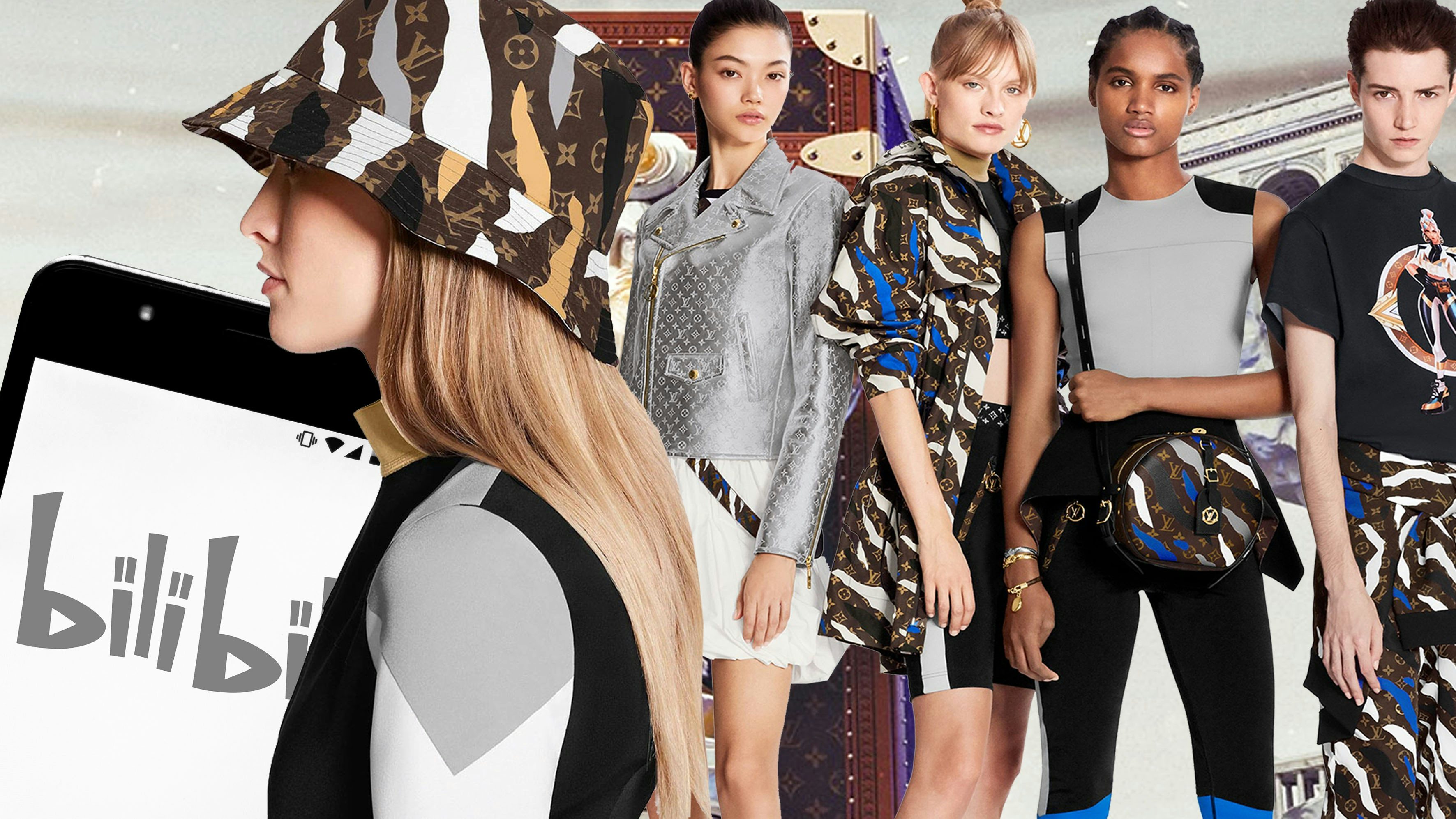
Bilibili and Louis Vuitton’s League of Legends crossover. Collage by BoF.
Luxury brands have also started experimenting with Bilibili to seed interest with younger Chinese consumers in a market in which the average age of luxury consumers is a decade younger than their counterparts in other parts of the world, according to a recently released report from Tencent and Boston Consulting Group.
Louis Vuitton was one of the first to test the waters with a crossover campaign with the video game League of Legends. Dior, too, a renowned early adopter of digital trends in China, was among the first luxury brands to open an official account, though responses to its content have been mixed, Yu explained.
“[When Dior posts] official brand assets, they don’t really get a lot of views, but the videos [Dior posts of] celebrities get a crazy amount of views and comments,” she said.
This points to a way forward for fashion and beauty brands looking to engage with Bilibili audiences without needing to adapt their content to align specifically with high-quality anime and gaming collaborations. Since many brands already have at least one highly-paid, high-profile celebrity spokesperson on their payroll in China, they could be called upon to drive engagement among young fans.
Xiaohongshu and WeChat Channels: A new approach on old platforms
According to Linda Lu, the most fitting platforms for fashion and beauty brands may well be those that they are already using, though they can be leveraged in new ways in 2021, compared to even 18 months ago.
Most brands already have official accounts on Xiaohongshu, for example, which now supports both video and livestream content and is home, according to Lu, to an audience of women “with the highest consumption power versus other platforms.”
“People [on Xiaohongshu] are looking for very practical fashion and lifestyle tips, so the video content on that platform is pretty much in line with the stories fashion brands want to tell anyway,” she explained.
Likewise, WeChat, an app where almost every global fashion and beauty brand has some presence, continues to open new avenues and opportunities when it comes to video and livestreaming. Norris points to the upgrades of ads in WeChat Moments (a newsfeed-like function where people see posts from those in their network, as well as paid messaging from brands) to support high-quality video and interactivity as being a good fit for luxury brands in particular.
WeChat Channels, a new short video function of WeChat, also launched in March 2020. At this point, more KOLs have migrated to using video content on WeChat, but brands are likely to follow suit. According to Yu, many digital watchers in China are “keeping an eye out to see how this new function can be utilised for brands.”
Misalignment between the brand and the audience
In China, its generally acknowledged that the content that works best on specialty video platforms differs a great deal from the kind of content brands love to produce. Beautiful, expensive looking advertisements in the traditional fashion and beauty mould will usually lose out in views to more authentic, creative videos produced by people native to the platform and deeply familiar with its audience.
For video with an elevated look and feel, there are niche players, such as Nowness, an international video platform featuring creatives and creativity operated by Modern Dazed, a venture between Dazed Media and China’s Modern Media Group. To this point, Nowness doesn’t allow for user generated content uploads (though it’s looking into adding this feature) and instead features submissions from filmmakers and commissioned works from all over the world.
Luxury brands are still trying with a method that has been quite comprehensively proven not suitable for short video.
Its business is growing (revenue was up around 50 percent last year) and, though this platform remains much smaller than mainstream players with their hundreds of millions (or billions in the case of WeChat) of active users, it is popular with brands from Burberry to Estée Lauder that are appreciative of the content quality.
“Content wise and creativity wise it’s a no brainer [for brands],” Nowness global co-creative director, Shaway Yeh, said. “They trust Nowness, they love the creativity and trust its production capacity.”
The very nature of short video platforms that rely heavily on user generated content, as they exist in China and elsewhere in the world today, is a democratised one. Anyone can be a creator, an influencer, a lifestyle brand in their own right. This has represented a particularly tough hurdle for luxury brands, who trade in the business of scarcity and aspiration.
“Luxury brands are still trying with a method that has been quite comprehensively proven not suitable for short video, by cutting branded ad spots into shorter chunks and then uploading them on Douyin and the like. You need content that is native and fit for purpose and you need it to match the velocity at which users are using the app, which is daily,” Norris said.
The answer has been for brands to partner with KOLs they feel are a good fit with their identity and who already boast large audiences on their platform of choice, but Norris sees a future in which fashion brands become more forward thinking and proactive in developing their network of influencers to spread their message in a more organic way.
“When it comes to influencer power and star power, are we going to continue on with the model that has been status quo for a number of years where we hire the talent in? Or are we going to go to something that looks more like incubation? This is going to be part of any video-centric conversation, both in China and overseas,” he added.
Indeed, China’s short video landscape, as the international success of TikTok has shown, is a breeding ground for ideas, as well as other apps, that inspire users and marketers around the world. Smart brands will be watching these platforms carefully, as the right strategic fit can pay long-term dividends.
时尚与美容
FASHION & BEAUTY
Gucci Beauty. Gucci Beauty.
Gucci Beauty Flagship Store Debuts on Tmall Luxury Pavilion
Gucci’s Beauty flagship has opened on the Tmall Luxury Pavilion, beauty licensee Coty has announced, following Gucci’s opening of its first fashion flagship on the platform last December. The Tmall beauty offering includes the full range of make-up and fragrances. Coty CEO Sue Y Nabi said the global group’s prestige cosmetics and skincare retail sales in China grew by over 40 percent last quarter, “with Gucci Beauty delivering double digit sell-out growth there last year.” (Fashion Network)
Skechers Sold $2.85 Billion Worth of Shoes in China Last Year
Skechers’ fourth quarter and full-year 2020 results show the brand’s total sales reached $4.6 billion in 2020. The Chinese market outperformed with Chinese sales increasing by 29.7 percent year-on-year in the fourth quarter and total retail sales in the Chinese market reaching 18.4 billion yuan ($2.85 billion) in 2020, an increase of 11 percent year-on-year. By the end of 2020, Skechers boasted almost 3,000 stores across the vast China market. (East Money)
China Becomes France’s Largest Market for Beauty Exports
According to recently-released data from the Fédération des Entreprises de la Beauté (FEBEA), China became the largest export market for French beauty products for the first time in 2020. Historical data from FEBEA shows China was only France’s seventh largest market for cosmetics as recently as 2018. In 2020, French cosmetics exports overall decreased 11.8 percent year-on-year, but during the same period, sales of French cosmetics exported to China rose by 20.7 percent on the year. Today, one in every four lipsticks that France exports are sold in the Chinese market. (Jiemian)
科技与创新
TECH & INNOVATION
Data collection, marketplaces and livestreaming are among the areas China’s regulators are scrutinising. BoF.
China’s New Anti-Monopoly Guidelines Released
The long-awaited new regulations released by the State Council’s anti-monopoly committee this week are not as bad for China’s tech giants as many observers initially expected. Targeted platforms are not specifically named within the document, but many believe the goal of the committee’s recent investigations and of these new guidelines is to reign in tech titans such as Alibaba and Tencent. Previously floated curbs on controversial practices such as charging varying prices for the same product to different customers are watered down in the final version of the regulations and, overall, these new guidelines don’t differ a great deal from China’s existing antitrust laws. (Caixin Global)
Chinese Internet Users Flocked to Clubhouse, Then it Was Blocked
Clubhouse, the popular audio-chat social networking app, became a surprise hit among mainland Chinese users in recent weeks, before the flourishing environment for free discussion of topics taboo on local social media became inaccessible to users there. The success of Clubhouse was a surprise in an environment where foreign apps and sites like Google, Facebook, Instagram and Twitter blocked and domestic developers have flourished, creating social media products that specifically cater to the needs of Chinese netizens — such as WeChat, Weibo and Douyin (the Chinese pre-cursor to TikTok). But the app now appears to be blocked, with Chinese netizens speaking out about not being able to access it. (South China Morning Post)
消费与零售
CONSUMER & RETAIL
The exterior and main entrance of Plaza 66 in Shanghai. Shutterstock.
Prada to Close Shanghai Plaza 66 Store
Prada has announced it has not renewed the lease on one of its largest Shanghai storefronts, located in Shanghai’s Plaza 66 mall. The store closed for business this week. The high-profile location, on major shopping strip Nanjing West Road, is considered one of Shanghai’s premier luxury malls. Earlier this month, owner Hang Lung Group reported that Plaza 66 saw retail sales rise by 60 percent in 2020, versus a year earlier, with a concurrent 34 percent climb in rental revenue for the same period. A statement from Prada intimated a new store was in the works but did not disclose its location or opening date. For the time being, Prada’s retail network in Shanghai will consist of its four remaining stores at IAPM, IFC, L’Avenue and One ITC. (BoF)
Florentia Village Outlets Expand to Chongqing
Commercial real estate investment company RDM Fingen Group has opened its seventh Florentia Village in China, a luxury outlet in Chongqing. The newest outlet of the Italian-Chinese group will sell fashion, sportswear and luxury brands such as Calvin Klein, Tommy Hilfiger, Furla, Karl Lagerfeld, Adidas, Under Armour, New Balance, Puma and Vans. The group has built outlets in Tianjin, Shanghai, Guangzhou, Hong Kong, Wuhan and Chengdu since 2011. The Chongqing site is the group’s second project in southwestern China, after Chengdu. In recent years, the southwestern region has become a battlefield for luxury brands and retailers due to its growing consumer spending power; RDM Fingen Group says it will invest more in second and third-tier Chinese cities. (BoF)
政治,经济与社会
POLITICS, ECONOMY, SOCIETY
Beijing, China. Shutterstock.
China’s Affluent Household Spending Boosts Economy
China’s number of affluent families is growing, with more than two million households boasting wealth of 10 million yuan ($1.5 million) or more, according to a report published by the Hurun Research Institute on Monday. Per the report, 130,000 households have a family fortune of 100 million yuan ($15.5 million) or more. This cohort of wealthy families has been a steady contributor to China’s economic growth. The Hurun report showed that mainland families with 10 million yuan or more of wealth spent 3 trillion yuan ($465.14 billion) in total last year, meaning 0.3 percent of China’s total population were responsible for 3 percent of China’s GDP. (Global Times)
As China Marks One Year Until Winter Olympics, Boycott Campaigns Loom Large
A letter signed by more than 180 campaign groups calling for a diplomatic boycott of the 2022 Winter Olympics in Beijing warns the Games could “embolden” human rights abuses in China. The letter was released by “a coalition of Tibetan, Uyghur, Southern Mongolian, Hong Kong, Taiwanese, Chinese democracy, and human rights campaign groups” exactly one year before the scheduled start of the 2022 Winter Olympics. Politicians around the world — notably in Australia, the UK, Canada and the US — have already raised the possibility of not sending athletes to Beijing, which also hosted the Summer Olympics in 2008. (CNN)
China Decoded wants to hear from you. Send tips, suggestions, complaints and compliments to our Shanghai-based Asia Correspondent casey.hall@businessoffashion.com.

